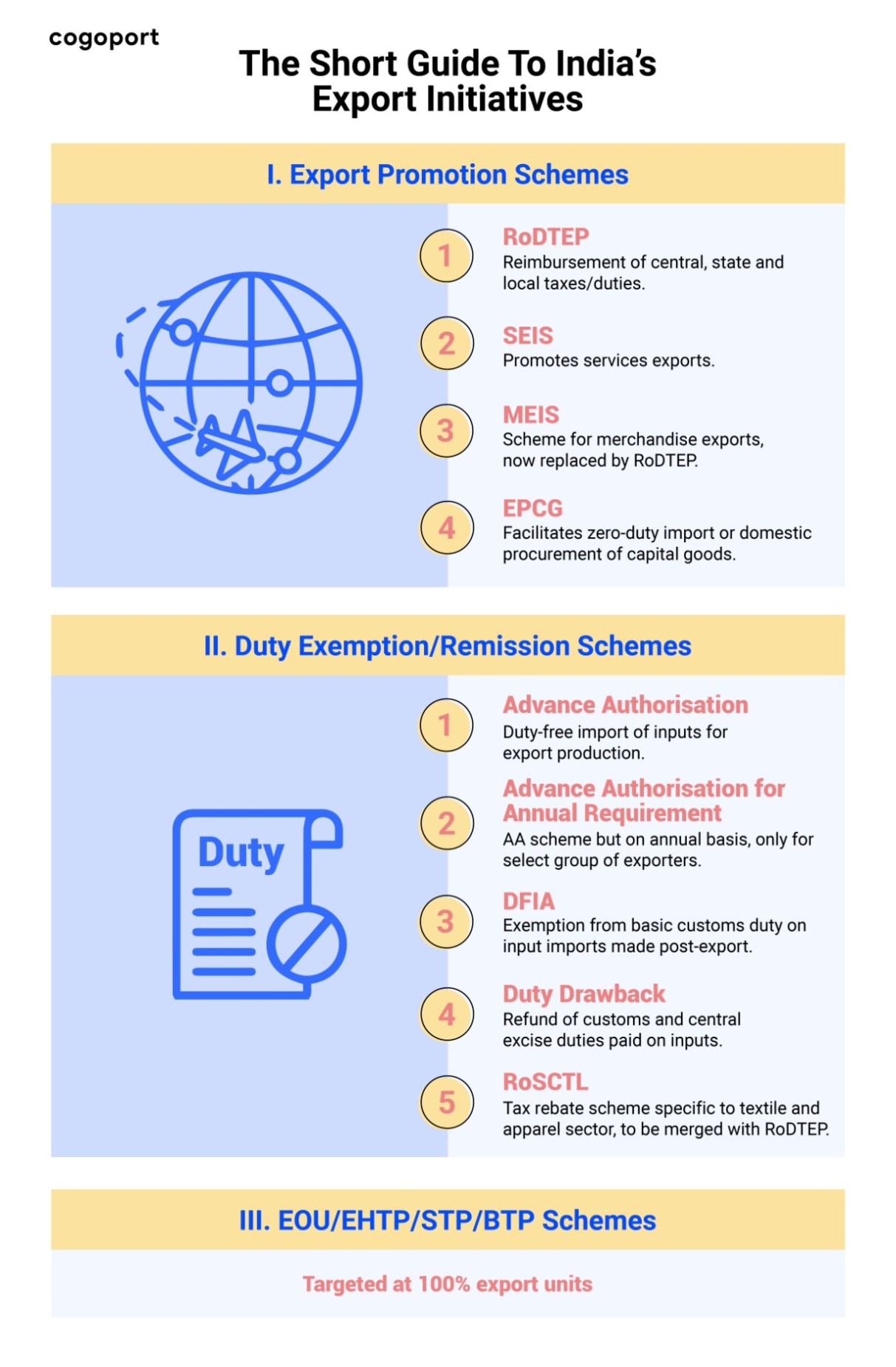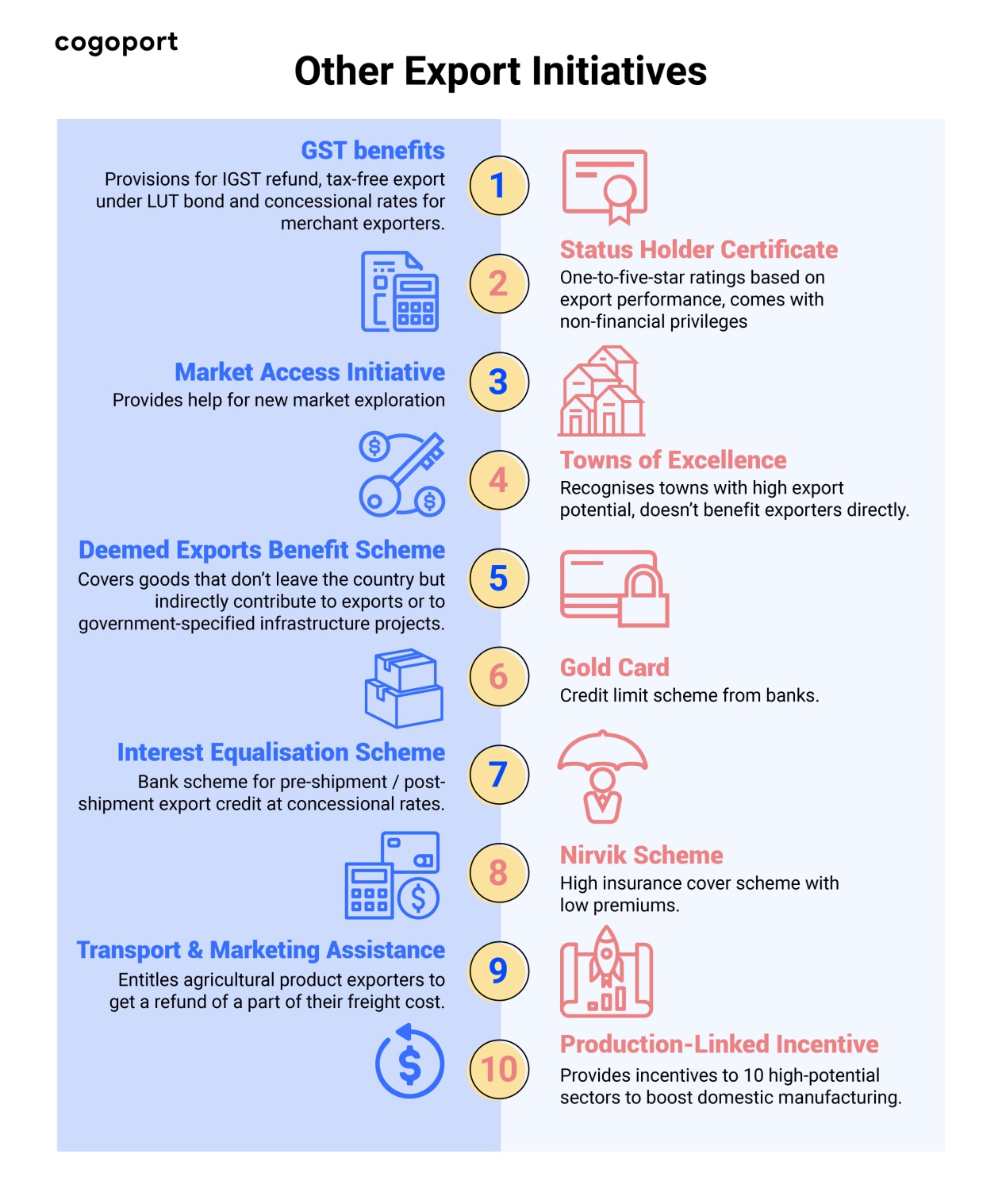Free Courses Sale ends Soon, Get It Now


Free Courses Sale ends Soon, Get It Now



Disclaimer: Copyright infringement not intended.
Context
Growth
Key Drivers
A massive rise in oil prices, across-the-board uptick in global prices of industrial commodities, a resurgent agri-sector and a higher share of manufactured goods are the main reasons behind India reaching the government's annual export target.
Expansionary monetary policy by developed economies in response to the economic impact of the pandemic has also boosted demand for Indian exports.
Sector-wise Analysis
Engineering goods
Electronics goods
Petroleum products
Agri Exports
Gems and jewellery
Other products which recorded strong growth in exports include organic and inorganic chemicals, readymade garments, meat and dairy products as well as marine products.
Significance
Export Incentives

Importance of Export Incentives

© 2024 iasgyan. All right reserved